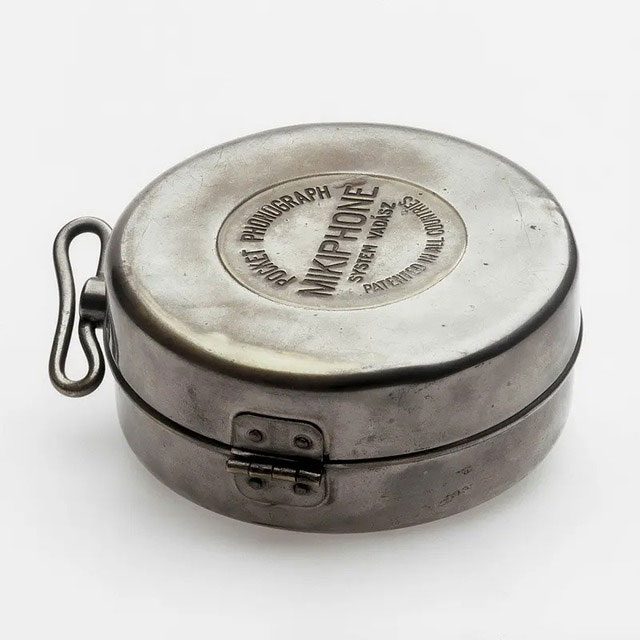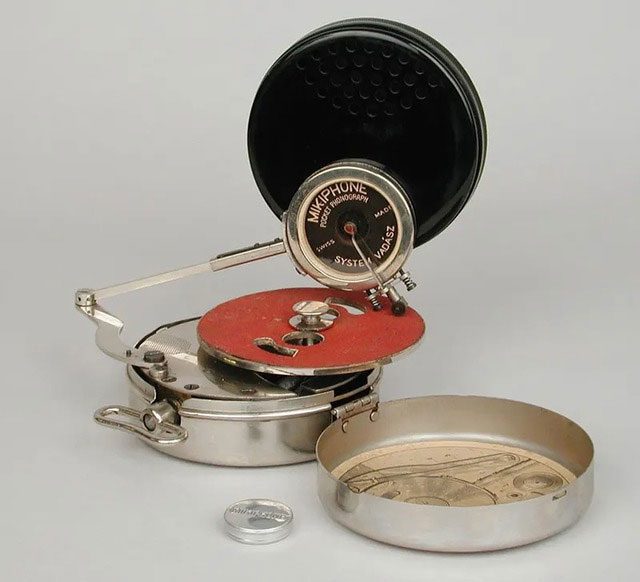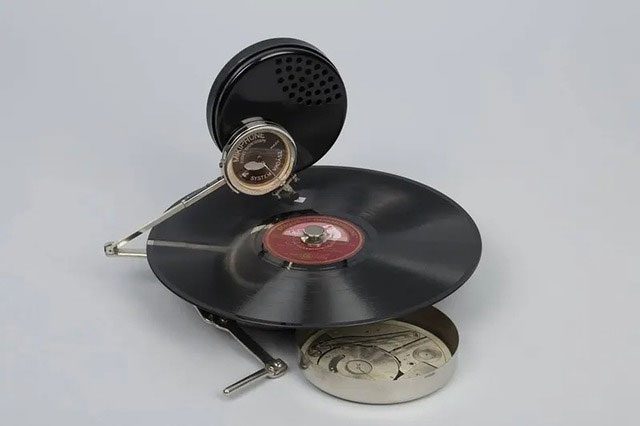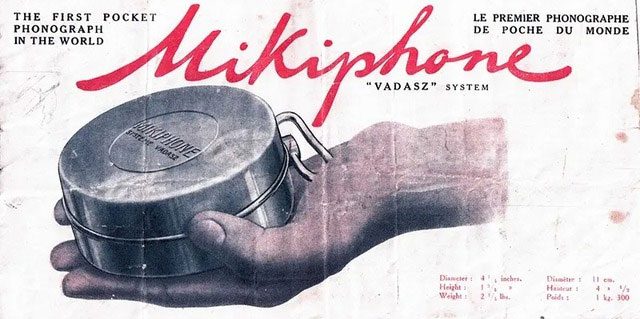Going back to the 1920s, long before modern devices took over our daily lives, a compact and convenient invention emerged, bringing music to the masses.
This historical device is called the Mikiphone, a portable turntable that allows you to take your favorite melodies anywhere.
The Mikiphone, a handheld turntable small enough to fit in a pocket, was conceived by two Hungarian siblings, Miklós and Étienne Vadász.
It went into mass production under a licensing agreement with Maison Paillard, based in Saint Croix, Switzerland.

The Science Museum in London notes that the first device was manufactured in 1923 and was patented and licensed by Paillard in November 1924. As Earthly Mission mentions, this device was created between 1925 and 1927.
Maison Paillard originated from a group of local watchmakers who collaborated in 1814, initially focusing on producing music boxes around 1860.
As the 19th century drew to a close, the company expanded its product line to include cylinder phonographs and fully transitioned to disc record players in 1905. Notably, in 1913, Paillard introduced an alternating current motor for phonographs.
From 1927 onwards, the company expanded its portfolio to include electric amplifiers for phonographs and then ventured into radio equipment production.
Amid these significant milestones, Maison Paillard produced approximately 180,000 Mikiphones designed by the Vadász brothers.

This music device predates both the Sony Walkman and the iPod. The parts are housed in a nickel-plated box (there are also versions in gold or silver), and when closed, this box has a diameter of only 11.5 cm and a thickness of 4.7 cm.
In contrast to modern music devices today, the Mikiphone operates without batteries, relying instead on a hand crank for power. Its sound is amplified through a resonating chamber.
At first glance, the closed Mikiphone appears quite compact, easily fitting into a pocket.
However, it requires the user to assemble the parts stored inside the box every time they want to use it. When closed, it measures only 11.5 cm in diameter and 4.7 cm in thickness.
The two-piece Bakelite recording head and resonator must be connected to the folding volume control lever before placing a shellac disc onto the spindle of the turntable.
This precise engineering achievement was awarded first prize at the International Music Exhibition in Geneva in 1927.
When fully assembled, the Mikiphone takes up considerable space and is primarily designed to play 10-inch records.
This makes it more suitable as an entertainment device for gatherings rather than a portable companion for daily errands.

The Mikiphone is regarded as an embodiment of marvelous technology, something that the youth in Paris yearned for at that time.

Maison Paillard produced about 180,000 units in three years. When sales declined in 1927, remaining stock was sold at a discount or given away as competition prizes. Today, a Mikiphone can fetch auction prices starting from $500.
























































